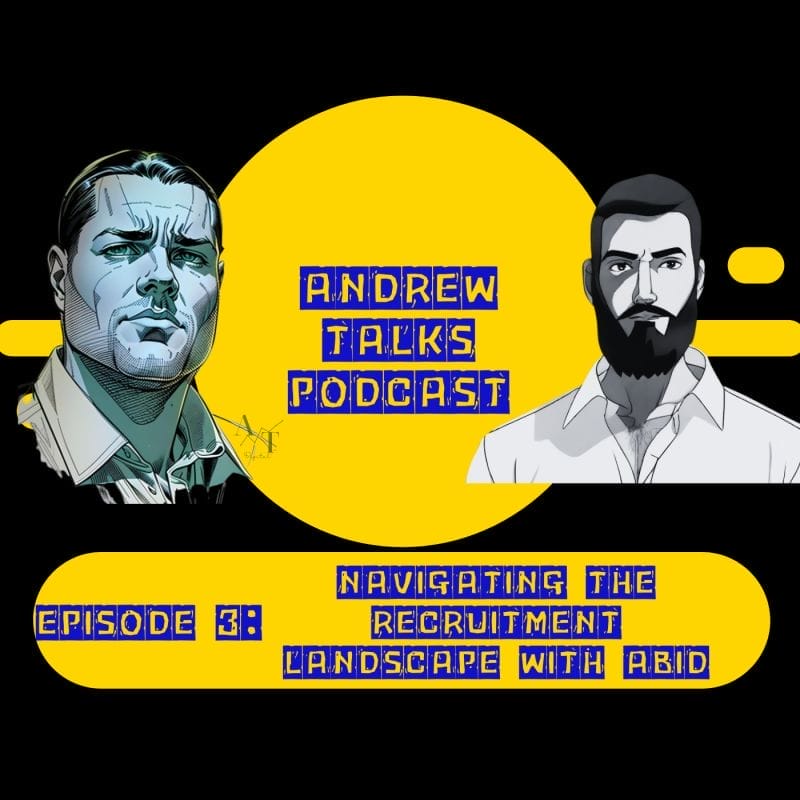
From Attrition to Growth: What Science Reveals About Retaining Talent
This article was extracted as a summary from the full academic research paper into Assessment Strategies that Reduce First-Year Attrition. You can access and read the full research here.
Why This Matters Now
If you’re leading a team, scaling a business, or running a recruiting function, one uncomfortable truth should already be on your radar: nearly one in three new hires leave within their first year (CIPD, 2024).
What does that mean in real terms? For every £50k salary you commit, you risk losing £145k–£250k in wasted investment if that hire doesn’t stick (Harvard Business Review, 2019; Armstrong Talent Partners, 2024). Multiply that across a year of hiring, and attrition becomes more than an HR problem – it becomes a strategic risk to growth, innovation, and culture.
So here’s the question: how confident are you that your organisation is hiring for fit, not just skill?
Why People Leave – It’s Not About Skill
We often blame poor performance or technical gaps for failed hires. But the evidence tells a different story.
- 81% of first-year leavers cite cultural or behavioural misalignment – not competence – as the main reason for leaving (Armstrong Talent Partners, 2024).
- Gallup (2023) shows that disengaged employees are 59% more likely to quit within the first 12 months.
- Kristof-Brown’s research confirms that person–organisation fit (values and culture) predicts turnover more strongly than salary.
Think about your own organisation: are people leaving because they can’t do the job, or because they never truly belonged in the first place?
The Science of Fit – From Psychometrics to Benchmarking
Modern recruitment science offers proven ways to reduce the guesswork:
- Psychometric assessments measure personality, motivation, and derailers. Tools like Hogan, Saville Wave, and McQuaig give data-driven insights into how people behave under pressure, what drives them, and where conflicts may arise.
- Cultural benchmarking compares candidates against the behaviours and values of your high performers.
- Competency-based interviews (STAR, BEI) validate whether psychometric predictions show up in real-world behaviours.
When these methods are combined, organisations report attrition reductions of 20–80% depending on role and sector (MDPI, 2022; Armstrong Talent Partners, 2024).
But here’s the challenge: how often do hiring managers in your business use these tools systematically, rather than relying on “gut feel”?
The Flaws and the Human Factor
No tool is perfect. Psychometrics can be gamed. Benchmarks can reinforce groupthink. AI-driven assessments risk replicating bias. Even structured interviews can feel clinical if poorly delivered.
Yet, when balanced with human judgment, these tools protect leaders from costly mistakes. In reality, the flaw is rarely in the science – it’s in inconsistent application, rushed processes, or under-investment in onboarding.
Which raises another question: is your recruitment function optimised for speed, or for staying power?
Practical Takeaways for Any Organisation
- Audit attrition patterns – why have people really left in the last 12 months? Were expectations mis-sold, or was the culture mismatch clear from the start?
- Introduce one psychometric tool – even a simple benchmark can reveal hidden risks.
- Train managers in STAR interviewing – consistency reduces bias and improves fairness.
- Invest in onboarding – structured 90-day frameworks can convert borderline fits into long-term performers.
- Measure what matters – track retention alongside time-to-hire. After all, what’s the value of speed if a quarter of those hires walk away?
Closing Thought
Recruitment is no longer about filling roles quickly – it’s about building resilient teams that stay, grow, and contribute to momentum. The science is here. The tools are available. The cost of inaction is visible on your balance sheet.
So the final question is simple: what’s more expensive – slowing down to hire with science, or continuing to pay the hidden tax of first-year attrition?
Researched and written by Mark Stephens
Commissioned by Digital Republic Talent



